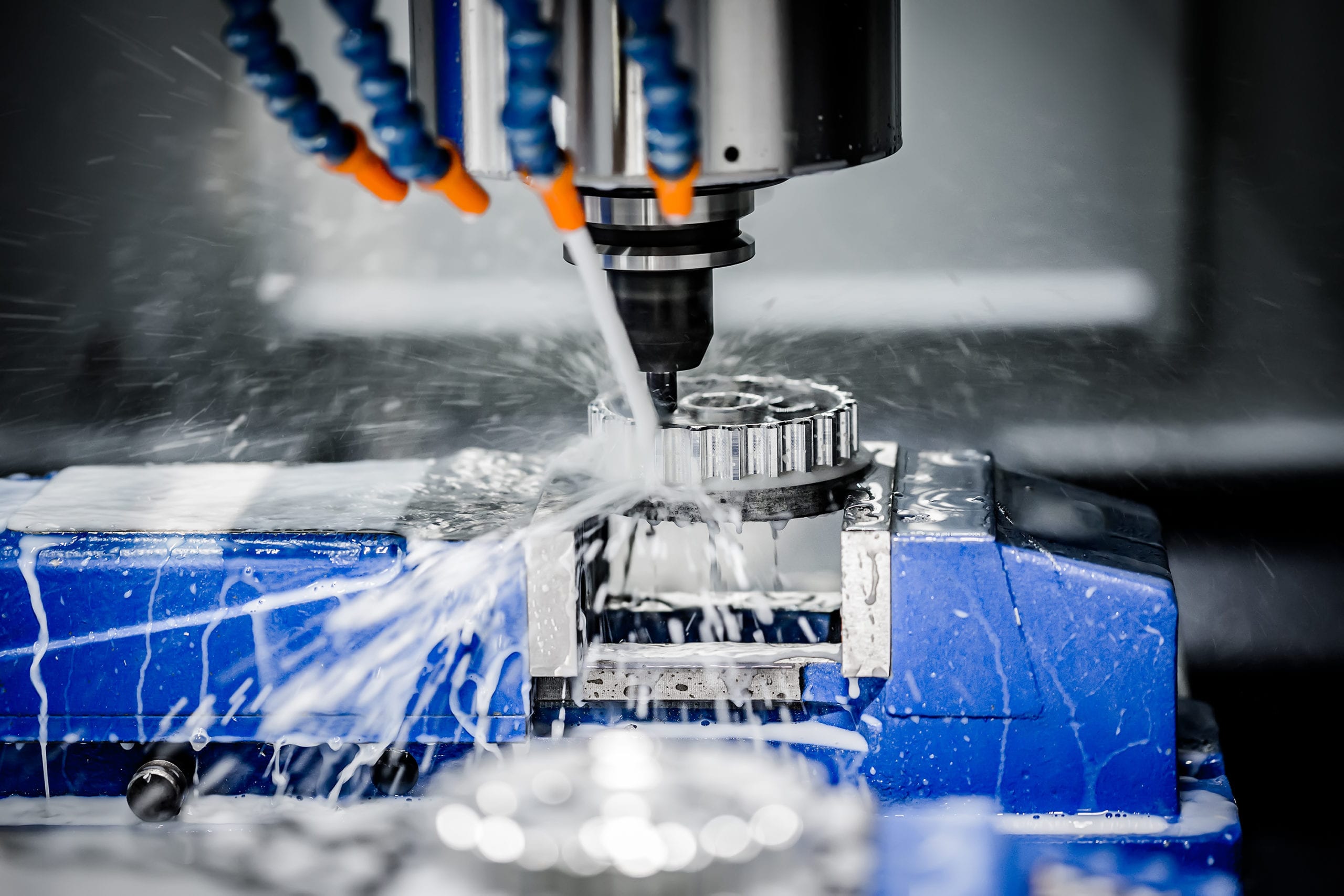“We are at best at level 2 out of 5 when it comes to Digital Manufacturing in Aerospace“
On May 1st, I was invited to participate in a panel discussion at the 6th SpeedNews Aerospace Manufacturing Conference in New Orleans. The discussion was on the Future of Digital Manufacturing with Sri Divakaruni, Trevor Stansbury and moderator Joanna Speed. [Link to Video]
The key questions were:
- What is “Digital Manufacturing” and what can it be?
- What’s holding up the industry from adopting it?
- As a manufacturer, where do we start?
- What does this all mean for the Aerospace Supply Chain?
The general consensus is that Digital Manufacturing start at the idea stage and stops at the retirement of the part. It includes all of the steps in between: Make vs Buy, Planning the Part, Sourcing, Programming the Part, Machining, Assembly, and Usage/Maintenance of the part. Very exciting.
However, we are dealing with an alphabet soup of closed systems within a complex ecosystem of vertical silos, certifications and regulations. That pretty much sums the reasons for the lack of enthusiasm to embrace full digitization. The challenges are around data, cybersecurity, hardware/software interoperability, culture and much more.
From research and panel feedback, it seems like an overwhelming majority of manufacturers is actively looking into developing a plan or testing solutions. If you haven’t started yet, my recommendation is to look for bottlenecks, pilot there and scale up based on ROI. Given the current constraints around interoperability issues and lack of integration of systems, that’s about the only path that I have seen work.
Sounds tedious? Expensive? Absolutely.
Can it wait? Not really. With up to 80% cost reduction for planning the part (faster, more accurate..) and up to 30% in operational savings (machine time, consumables…), leading competitor will be tough to beat.
How do we start? Consider a simple monitoring system.For example, the measured OEE that I have seen out of pilot programs is consistently lower less than what we thought it was. When all steps like waiting for parts, idle time, tooling, maintenance… are “visible”, it is truly eye opening. When this insight is converted into corrective actions, using your current processes/practices, it can have a big impact on the bottom line and eventually on the top line.
In preparation for the panel, I talked to several experts in the industry (thank you!) and captured the findings in the attached presentation material, alongside with some of our recommendations to get started.
Looking forward to your comments!
Francois Gau, Partner, velocityHUB

